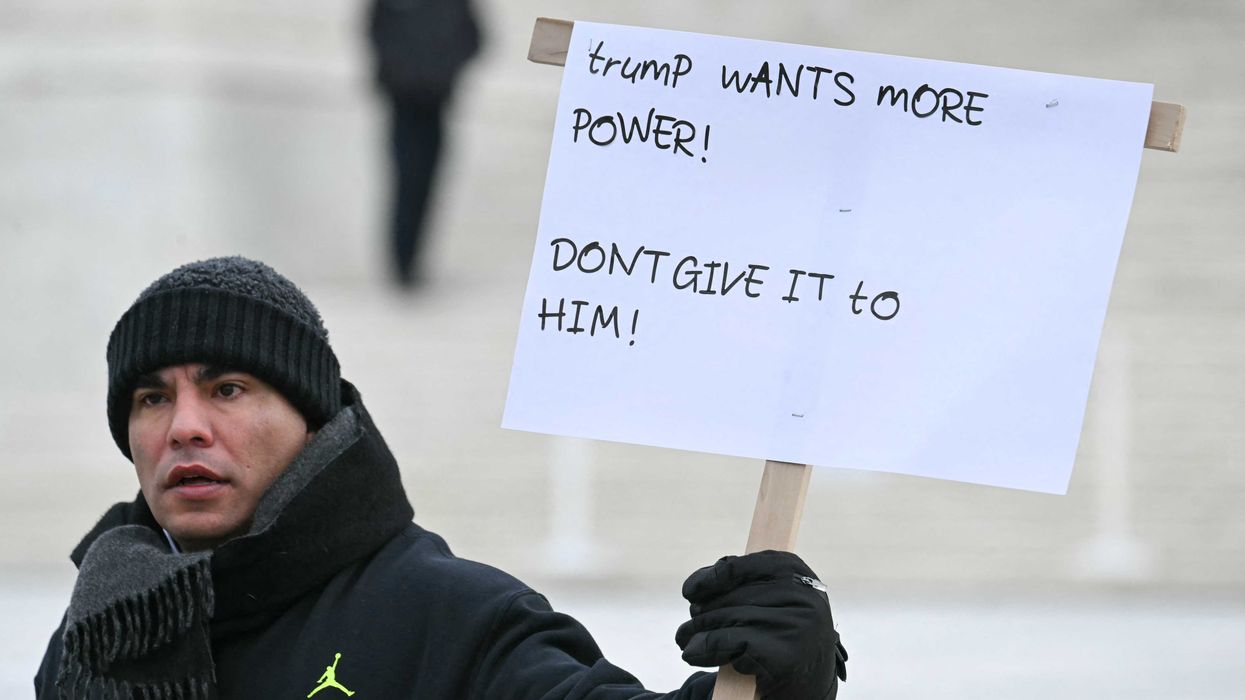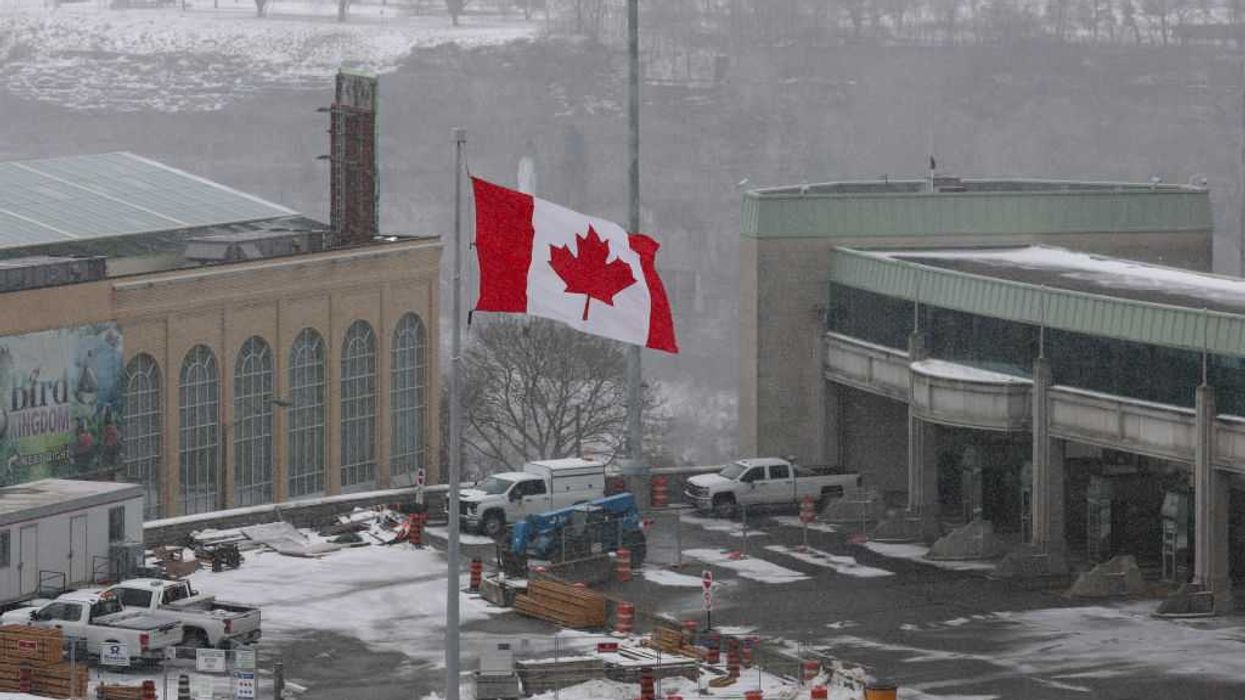Silicon Valley Bank's collapse is sparking traumatic memories of the 2008 financial crash. Should we be worried SVB is signaling a similar economic catastrophe, or is everyone overreacting to the media's hype? Glenn told his listeners to be "healthily terrified." This event is sure to have ripple effects throughout the economy, but the more you are informed about it, the more you can prepare. Here are 6 things you need to know about Silicon Valley Bank's crash—explained in simple words.
1. The short answer to what happened: SVB didn't have enough money to pay its depositors.

Remember the scene from It's a Wonderful Life when all of the residents make a run on George Bailey's bank demanding their money? Fortunately for them, their money was in the altruistic hands of George Bailey, who used his honeymoon savings to give the depositors the money they demanded.
Silicon Valley Bank's depositors weren't so lucky.
In short, the depositors made a run on Silicon Valley Bank, demanding the withdrawal of their money. But SVB simply didn't have the liquid money available to give their depositors, causing regulators to shut down the bank shortly afterward.
2. It all started with COVID...

Why didn't SVB have enough money for its depositors? To explain this, we have to go back to the pandemic era.
The pandemic saw a rapid decrease in spending and a massive increase in bank deposits. Due to the uncertainty of the future and lockdowns limiting ways to spend money on recreational activities, like restaurants, bars, and other outlets, many Americans stocked up money in their accounts. In fact, SVB's deposits doubled in 2021 alone, bringing in more money than they could lend out to their clients.
To make a return on their available cash, SVB wanted to invest it, as many banks do. Since they had reached their lending limit, they decided to invest it in U.S. Treasury Securities, which are the government's means of funding itself without using taxation (in a nutshell). These are considered "ultra-safe" investments because they are backed by the "full faith and credit of the federal government."
Unlike other forms of investments, investing in Treasuries means the government will do everything within its legal power to pay back the money used to fund itself. In other words, it is typically very safe... so what happened?
3. Then came the magic cocktail—record-high inflation and rising interest rates...

Interest rates ruined the typically "ultra-safe" investment. Due to 40-year record-high inflation, the Fed lifted rates eight times by a total of 4.25 percentage points in 2022, raising interest rates from 0.25 percent to 4.375 percent. This means the value of U.S. Treasuries investments plummeted rapidly. SVB reported that it lost $1.8 billion due to the decreased value of its Treasuries investments after a year of rising interest rates.
This raises the following question: why didn't SVB just weather the storm and wait for interest rates to decrease? There are two issues with this. The first is that, with so many of their assets held up in Treasuries investments, SVB still wouldn't have enough liquid assets to give their depositors during the bank run.
The second issue is that Treasuries investments have a ten-year limit. In 2021 during the Trump administration, interest rates were at an all-time low of 0.125 percent.
The record-fast increase of interest rates in 2022 caused very little chance for rates to go back down to their historic 2021 lows within ten years for banks to make their money back on their investments.
To avoid this, SVB planned to sell their investments at a loss and re-purchase Treasuries investments at the decreased value, giving them an extra ten years to bet on decreased interest rates in the future.
But people caught on to SVB's plan and didn't want to ride with the risk.
4. Account holders withdrew their money... FAST.

As aforementioned, SVP lost $1.8 billion when it sold its depleted Treasuries investments. While they were betting on being able to re-purchase the devalued securities, hoping that they would go up in value in the future with lowered interest rates, investors were worried about the risk.
Once they made the announcement of their $1.8 billion loss, their stocks began to drop, and venture capitalists warned the companies they invest in to pull out of SVB. This had a snowball effect, leading to a "bank run" of depositors demanding to withdraw their money from their SVB accounts.
This led to the perfect storm: SVB's investment losses coupled with the influx of withdrawals were so immense that regulators had to step in and shut the bank down to protect depositors. The government currently "running" SVB, for all practical purposes, is the Federal Deposit Insurance Corporation (FDIC). The FDIC closed SVB on Friday and reopened the bank on Monday, March 13th as the Deposit Insurance Bank of Santa Clara.
5. Some people may lose their money.

Banks insure accounts with $250,000 or less with FDIC insurance. That means, in cases of bank failure, exactly like this one, the FDIC covers all accounts less than $250,000. The FDIC said SVB customers who had less than $250,000 in their accounts will have access to all of their money when the bank reopens. Since it reopened this week, they should have access to their funds.
However, many of SVB's depositors had more than $250,000 in their accounts—it is Silicon Valley after all. Therefore, their accounts were not covered by FDIC insurance. Will they get their money back? There is a chance that they will not.
It is unclear how much SVB currently has to cover uninsured deposits. It is likely not enough. The FDIC has issued a "Receiver's Certificate" to the uninsured account holders with the amount in their account that is not covered by FDIC insurance.
The FDIC said it will pay some of the uninsured deposits by next week by liquidating any additional assets held by SVB. However, if the liquidated assets are not enough, many of SVB's uninsured account holders could lose their money for good.
6. Is this 2008 all over again?

SVB's collapse was the largest bank failure since 2008, when Washington Mutual failed with $307 billion in assets. Its failure, along with the collapse of the Lehman Brother's investment bank, triggered the worst financial crisis since the Great Depression. Are we in danger of repeating 2008?
Some argue that we are not in danger of another economic catastrophe, simply because SVB holds less than 1 percent of the nation's assets. However, as Glenn warns, there is a danger of banks repeating the same mistakes as SVP.
SVP wasn't the only bank to use its surplus deposits to invest in U.S. Treasuries, which means that other banks are wrestling with the depleted value of their securities investments due to rising interest rates.
Bank of America, for example, lost $109 billion in their securities investments due to rising interest rates, the most among its peers—and Bank of America is no small fish in the ocean of assets.
Other major banks recorded other massive losses in their securities investments due to rising interest rates. JP Morgan Chase lost $36 billion, Wells Fargo lost $41 billion, Citigroup lost $25 billion, and Goldman Sachs lost $1 billion. If the little banks collapse, will they get the same effort and attention from the federal government as the "big guys?"
The critic may argue that these are still small values given the incredibly large amount of assets held in banks nationwide. However, this is missing the point. Major banks have majorly invested in securities since the pandemic-era skyrocketing rate of deposits. Now those investments are depleted in value.
They can either sell those investments at a loss, or they can wait and hope that they will recover over time. However, if those investments are no longer liquid, what happens when their depositors come knocking? Will they have enough liquid assets to cover a massive bank run? These are the lingering questions that our banks need to address.
As Glenn says, this will impact you—it is only a matter of time. What will you do to prepare?

 ALEX WROBLEWSKI / Contributor | Getty Images
ALEX WROBLEWSKI / Contributor | Getty Images
 JIM WATSON / Contributor | Getty Images
JIM WATSON / Contributor | Getty Images Joe Raedle / Staff | Getty Images
Joe Raedle / Staff | Getty Images AASHISH KIPHAYET / Contributor | Getty Images
AASHISH KIPHAYET / Contributor | Getty Images